Let’s start with San Telmo, the city’s bohemian district.
This is where it all began. Where, in 1536, the Spanish conquistador Pedro de Mendoza founded Buenos Aires, and where wealthy colonists settled in sumptuous mansions. But at the end of the 19th century, a yellow fever epidemic prompted the city’s elite to relocate to Recoleta and Palermo further north. They left behind beautiful properties for the poorest families, who moved in and transformed them into conventillos, small shared courtyards. The district became popular and tango saw its heyday in its many bars.
Here, you’ll find antique shops, cobbled streets, quaint little bars like craft breweries or alternative cafés, and squares where you can dance tango. Every Sunday morning, there’s also a massive arts and crafts market, where streets come alive with stalls of all kinds. Here’s your chance to buy gifts and souvenirs! San Telmo is also where you’ll meet the famous Mafalda, the iconic Argentine comic strip character created by Quino. Her sharp and witty lines have charmed readers of all ages ever since 1973.
PALERMO :
Palermo is yet another must-visit district. It too is divided into non-official districts. There’s Palermo Alto, Palermo Chico, Palermo Viejo, Palermo Soho and Palermo Hollywood, plus the Palermo Woods, the city’s vast green haven where you’ll find Japanese gardens, a planetarium, a zoo, a golf course and much more, all within a 50-hectare area. For the record, the French landscape architect drew inspiration from the Boulogne woodland.
Palermo is home to the upper middle class, boasting wide, tree-lined avenues, private schools and prestigious universities. Palermo Hollywood, true to its name, is a hub for film, TV, and radio studios. But above all, since the 2000s, it’s been known for its incredible restaurants, making it a gastronomic heaven for all foodies. The same goes for Palermo Soho, home to a myriad of bars, cafés, restaurants, terraces, boutiques and ateliers. It’s a culinary and cultural crossroads with European and Latino vibes – a testament to the area’s immigrant past with roots in Italy, Spain and Armenia.
You can’t leave Buenos Aires without first getting a taste of its vibrant nightlife. And Palermo is just the place to do it.
LA BOCA :
If you have the classic Buenos Aires postcard in mind, the one you’ve seen in travel blogs and magazines, head to Caminito, in the La Boca district. The latter takes its name from the river mouth, where the Matanza river flows into the Rio de la Plata – you see, “boca” means “mouth” in Spanish. This historic port is where European immigrants, mainly Italians, first landed and settled. This cosmopolitan neighborhood might have its struggles, but it’s truly a feast for the eyes. In the 1830s, the newcomers, drawn by the job opportunities on the shipyards and docks, built their homes here from scrap metal and painted them with leftover paint they had used on their boats. This tradition was gradually forgotten, and it was local painter Quinquela Martin who revived it and made the district so emblematic.
Sure, La Boca might be a bit touristy now, but it’s still all centered around the famous Caminito, meaning “little path”, where you’ll find the so-called “conventillos”, those small shared courtyards with the colorful tin houses. Here, you’ll find tons of souvenir shops, street performers, bars, and restaurants with tango shows (although the food might not be amazing). But most importantly, La Boca is a photographer’s dream!
FYI, a few hours are enough to explore the whole area. Football fans can visit the legendary Bombonera stadium, home to Boca Juniors. Just a heads up: football here is practically a religion, and Maradona is worshipped like a god. Things can get intense. In Argentina, only supporters of the home team are allowed to attend matches, to avoid fights. Don’t even think of showing up in a jersey of the rival team, River Plate, on a game night – you’ll bitterly regret it.
If joining 49,000 screaming fans in the stadium isn’t your idea of fun, then I have got you covered. You can skip this whole football frenzy and visit the fascinating Museo de la Pasión Boquense right under the stands, to learn more about the club’s history.
PUERTO MADERO
Then there’s Puerto Madero, the city’s most modern district, just a short distance from downtown. Here, chicness reigns supreme. In just a decade, it’s become the most expensive area in Buenos Aires, boasting luxury lofts with canal views. It’s named after Eduardo Madero, who was commissioned to build a new port for Buenos Aires at the end of the 19th century. The port was expanded several times, and in 1990, the city kept struggling to accommodate cargo ships. So, in 1990, they launched a major urban restructuring project, which met with great success. Today, Puerto Madero is nothing like the industrial port it used to be. It’s a happening waterfront with revamped docks, gorgeous riverside walks, and full of tourists, locals, joggers and families. It’s safe and clean, perhaps a little too much so! Don’t miss the stunning Puente de la Mujer, the Woman’s Bridge, by architect Santiago Calatrava, which moves to allow passage for boats. You’ll also see the impressive Presidente Sarmiento frigate, the Argentine Navy School’s first ship, which has traveled around the world 40 times and is now a museum!
Right behind Puerto Madero, facing the Rio de la Plata, you’ll find the Reserva Ecológica (Ecological Reserve). This protected area used to be a rubbish-filled wasteland, but it’s now a 350-hectare haven for all sorts of plants and animals. It’s the perfect place to unwind and enjoy stunning nature walks.
BOEDO / ALMAGRO / CABALLITO
Don’t miss out on a visit to these less touristy districts. Here, you’ll get a taste of the authentic Argentinian way of life.
These residential neighborhoods are packed with traditional cafés and hidden alternative bars, where you’ll get to mingle with the locals.
They are the cultural and intellectual stomping grounds of Buenos Aires! It’s where the city’s brilliant minds made their mark.
While you’re here, you can head to the Abasto Shopping Mall, a former covered market straight out of Gotham City, or visit the stunning Basilica of Maria Auxiliadora y San Carlos. Tango fever runs high in this area, making it the perfect spot to give this erotic dance a go in one of the many milongas, aka tango dance parties. If you’re feeling shy, just grab a drink and watch the pros spin and twirl – it’s mesmerizing! Another iconic spot is the KONEX cultural center, famous for its electrifying Bomba del Tiempo, a permanent percussion show held every Monday night.
MUSEUMS
Like any self-respecting capital, Buenos Aires is full of great museums. Let’s face it: unless you’ve decided to spend at least a week here, you won’t have time to see everything AND visit all the city’s museums. So I’ll list a few here just for you. If you had to do just one, I’d recommend MALBA, an ultra-modern museum where you can learn all about Latin American artistic culture.
– MAMBA: Housed in a former cigarette factory, this contemporary art museum is a must-visit for art enthusiasts. It’s home to over 7,000 avant-garde works from both Argentina and abroad. Here, you’ll find masterpieces by Guillermo Kuitca, Marta Minujin, Pettoruti, León Ferrari, Henri Matisse, Mondrian, Picasso, and Kandinsky.
– MNDA: aka the National Museum of Decorative Arts. Inaugurated in 1937 within the Errázuriz Palace, a former mansion of a bourgeois family, this museum houses an impressive collection of 6,000 decorative art pieces. Among them are a painting by El Greco, a sculpture by Rodin, and a bronze clock that once belonged to Louis XVI and Marie Antoinette.
– MALBA: aka the Buenos Aires Museum of Latin American Art, declared an asset of cultural interest by the city. It’s a privately owned, non-profit institution, housing an invaluable collection of approximately 400 works by the greatest modern and contemporary artists of Latin America. Think Botero, Frida Kahlo, and Diego Rivera. Plus, there’s a film library, a design and literature section, and even a café – it’s truly an art and culture haven!
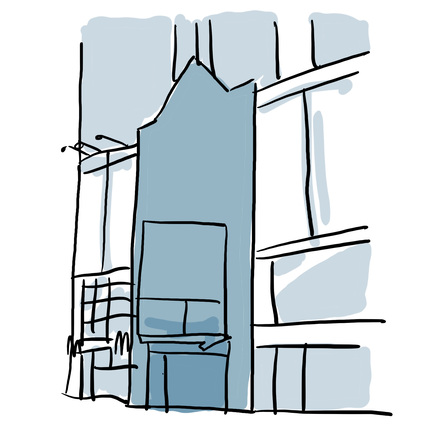
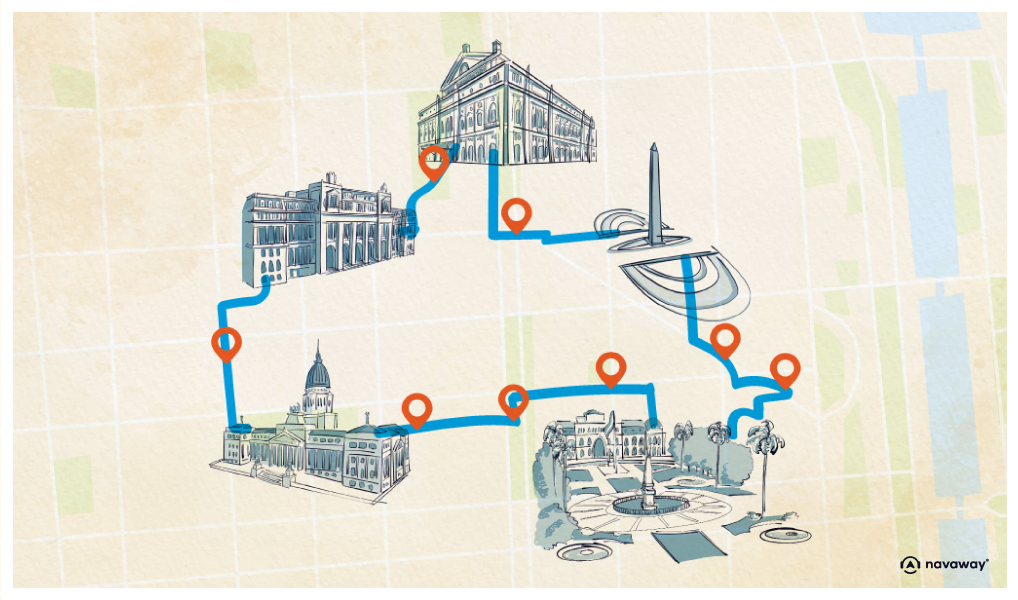
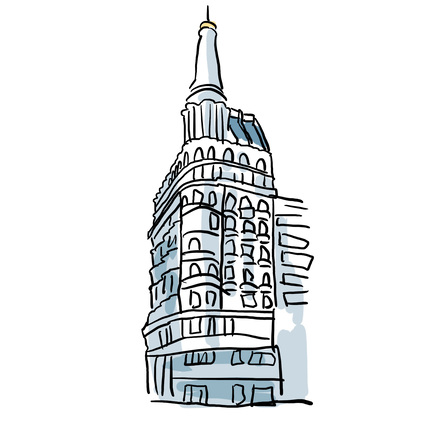
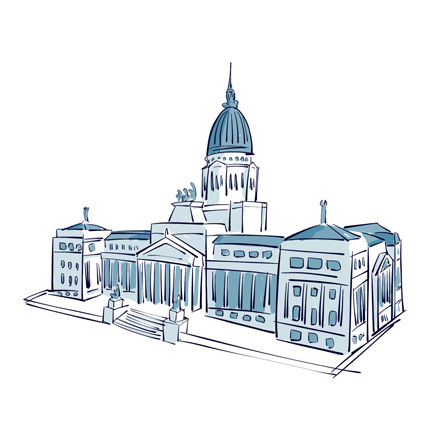
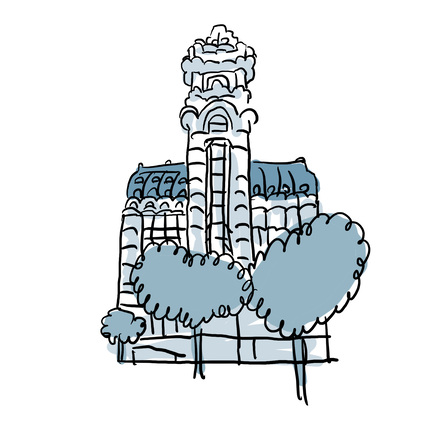
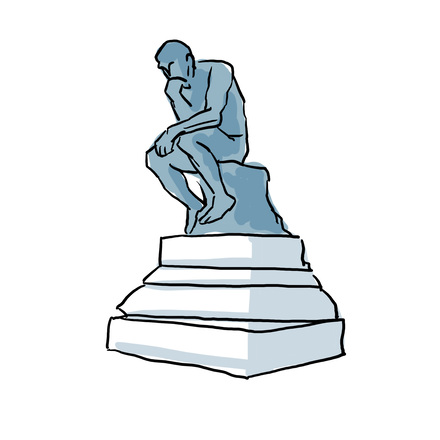
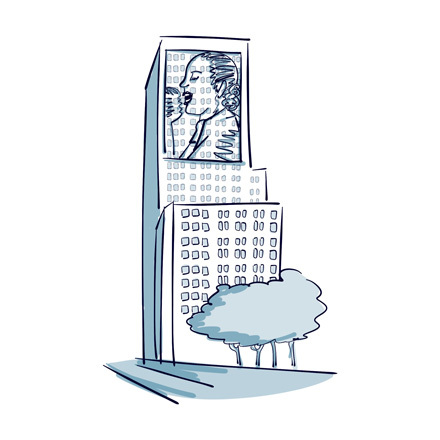
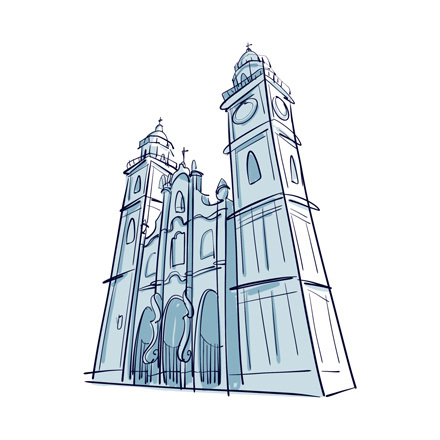
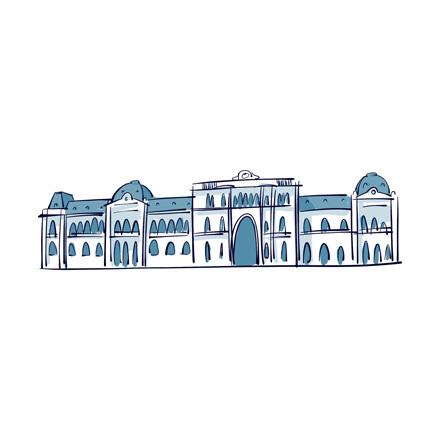
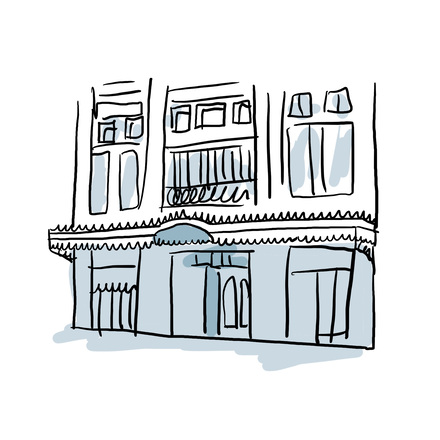
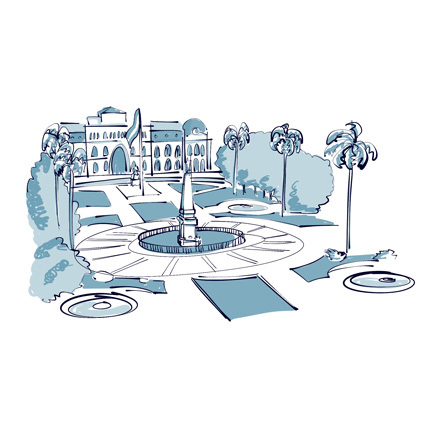

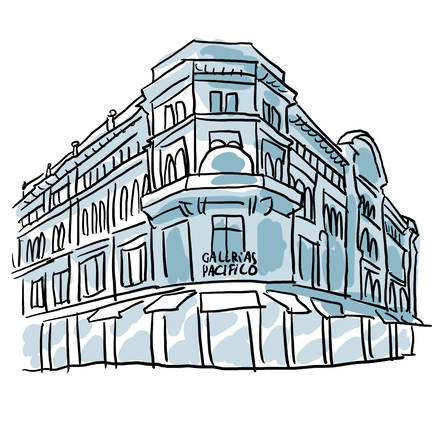
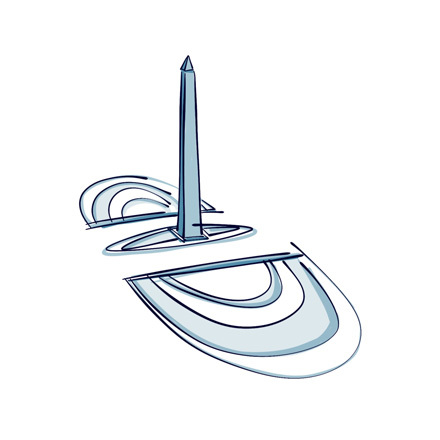
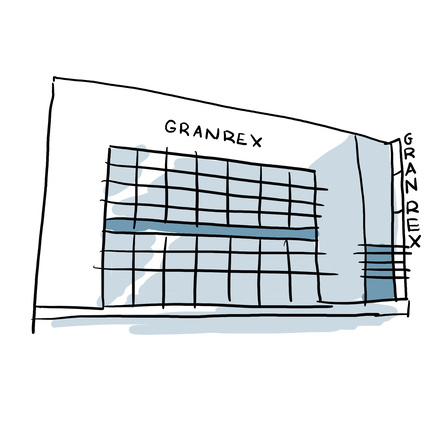

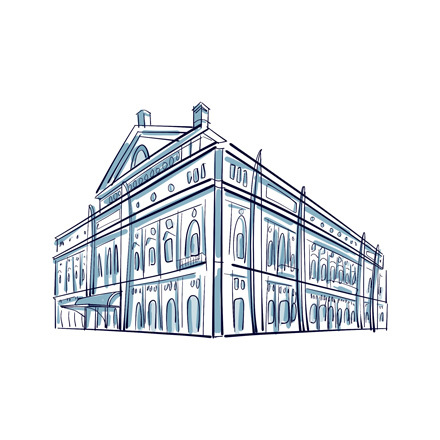
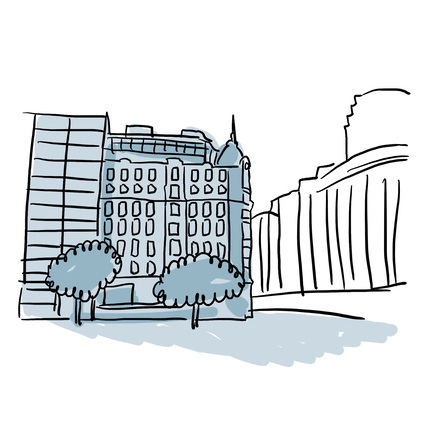
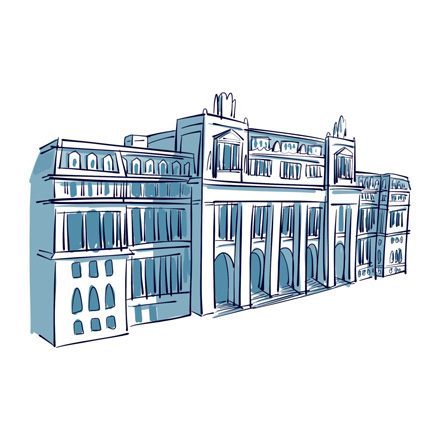


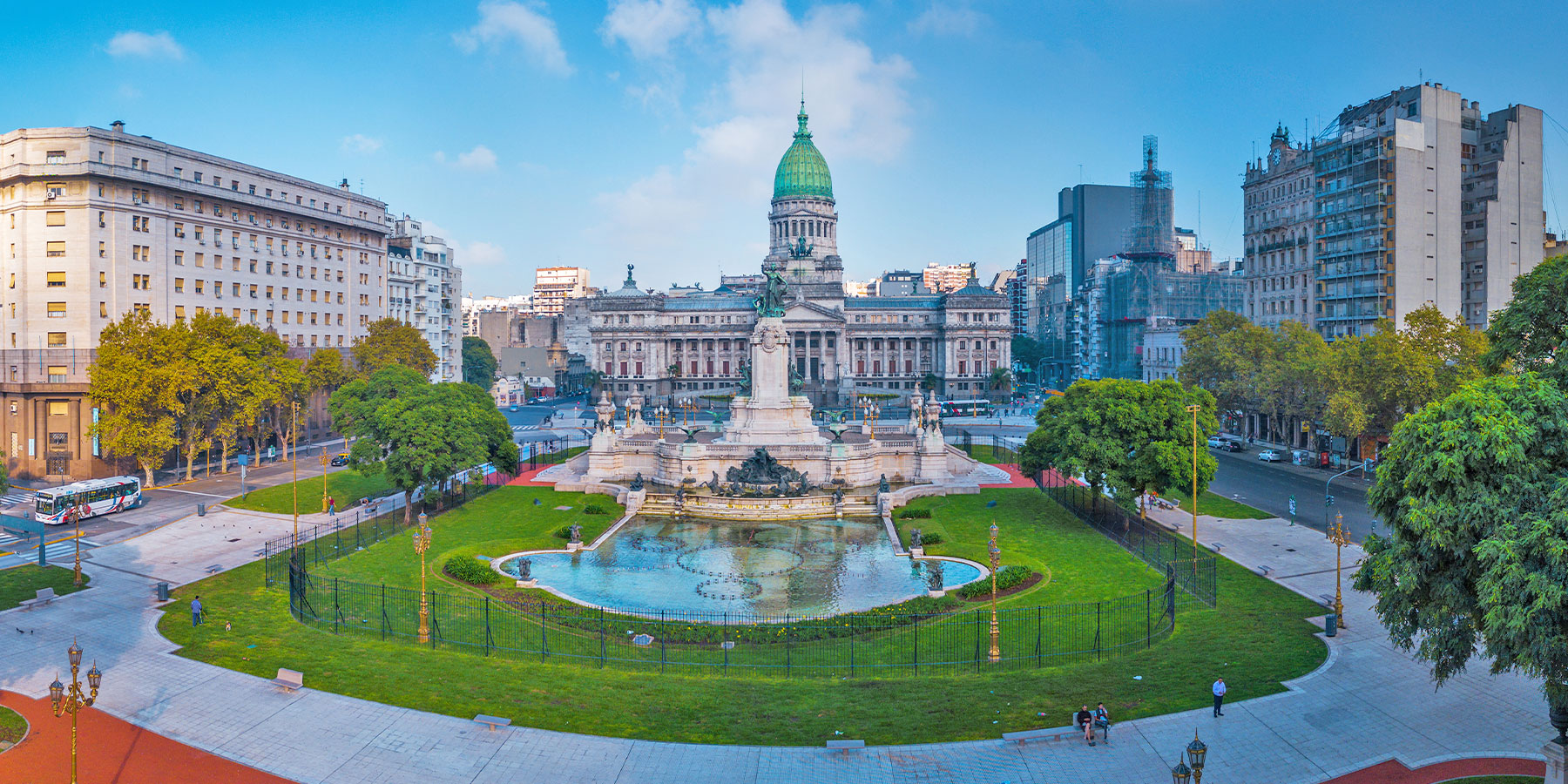
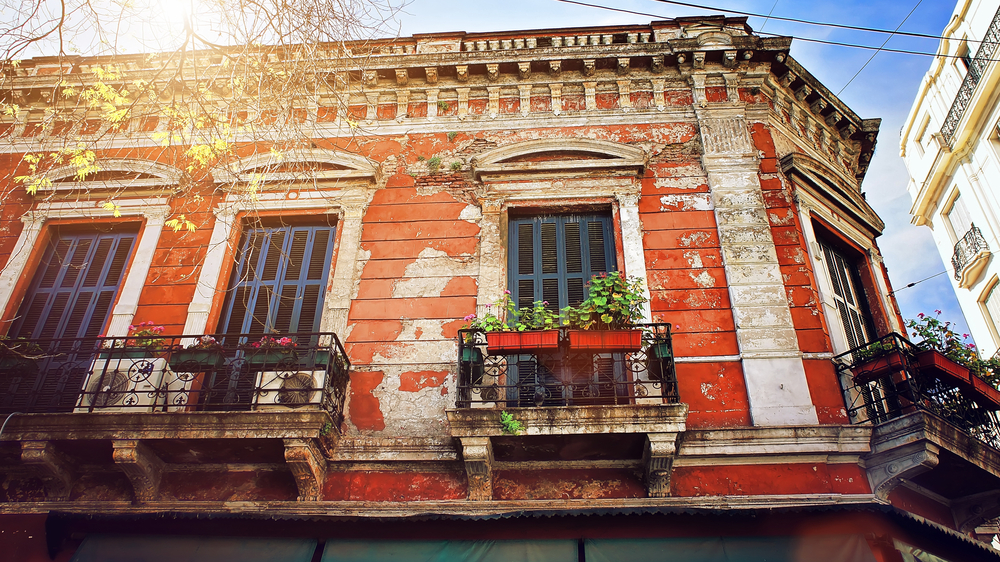
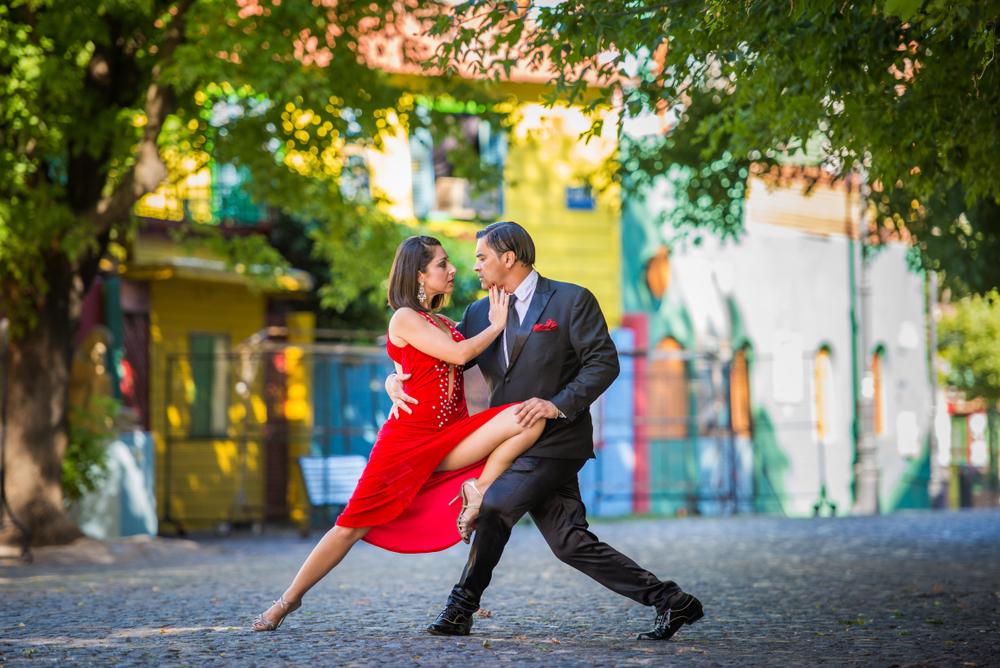
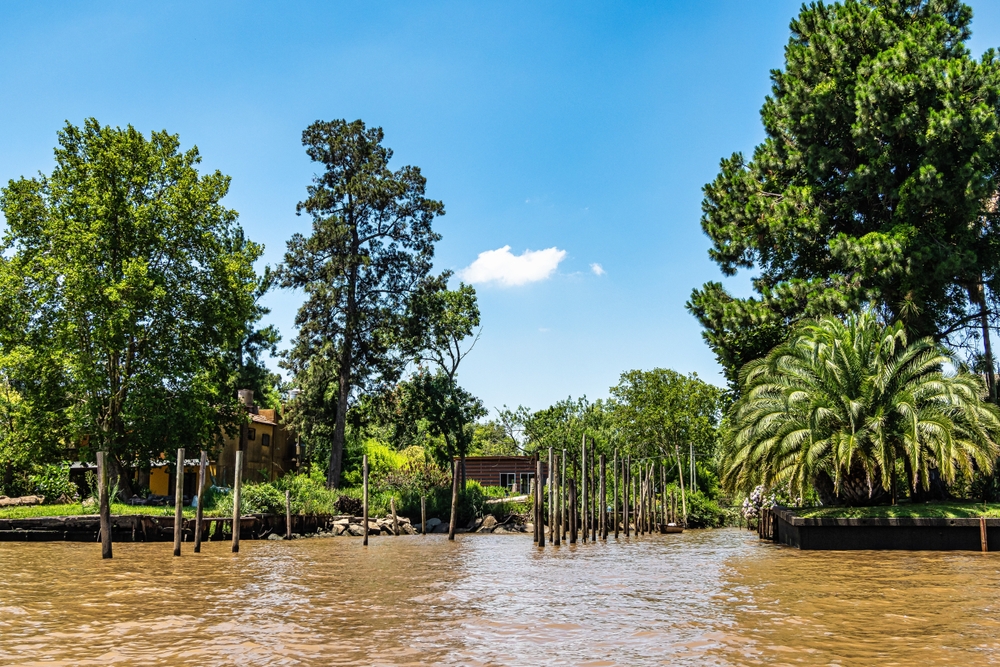
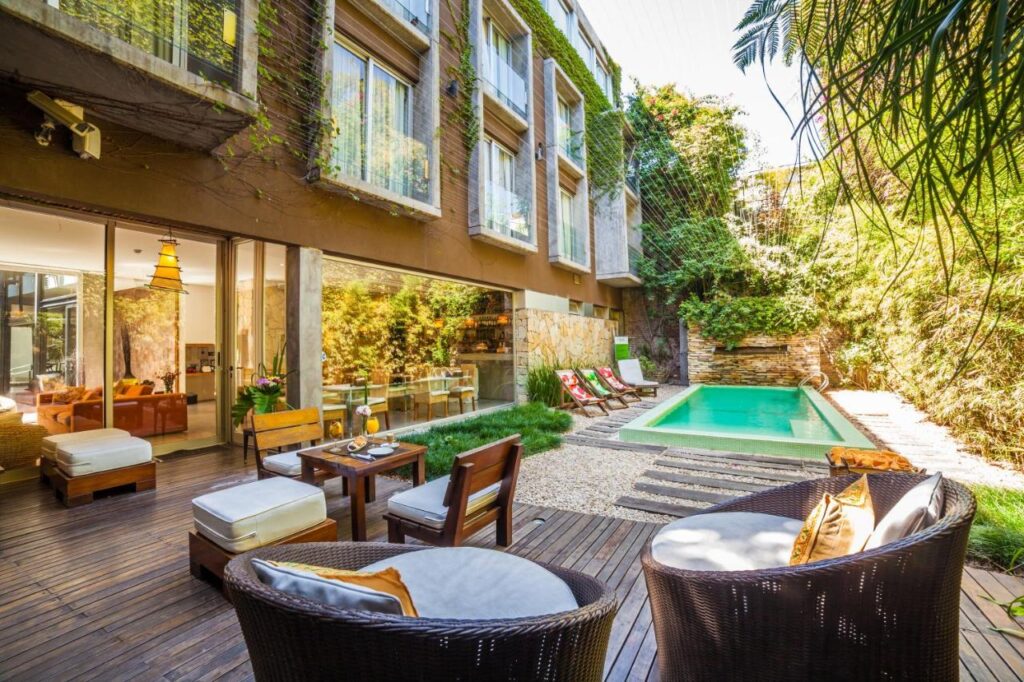
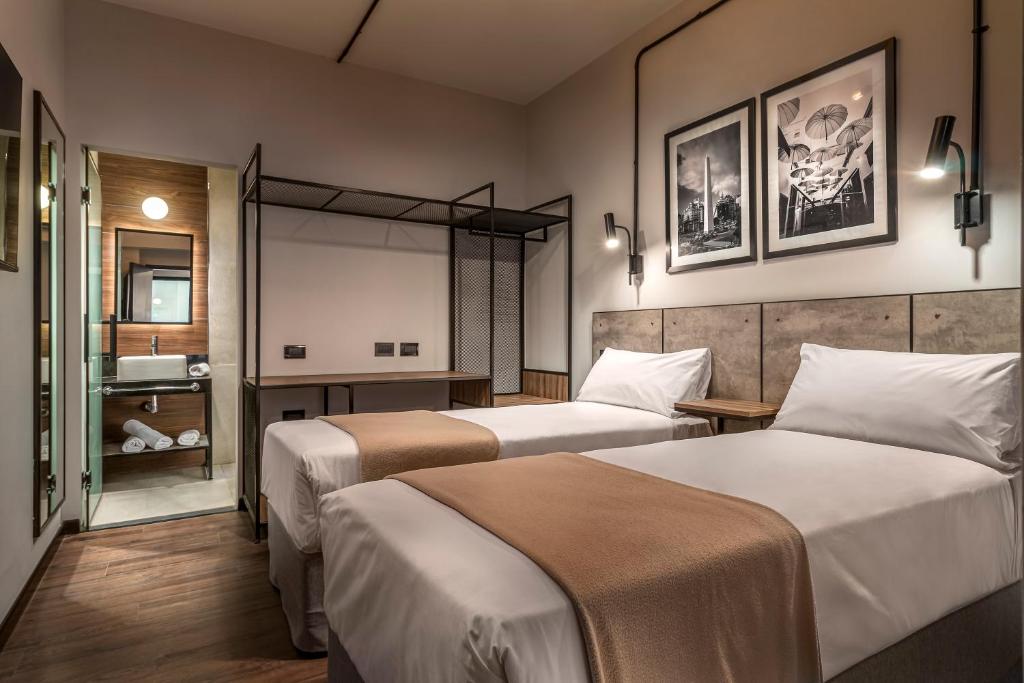
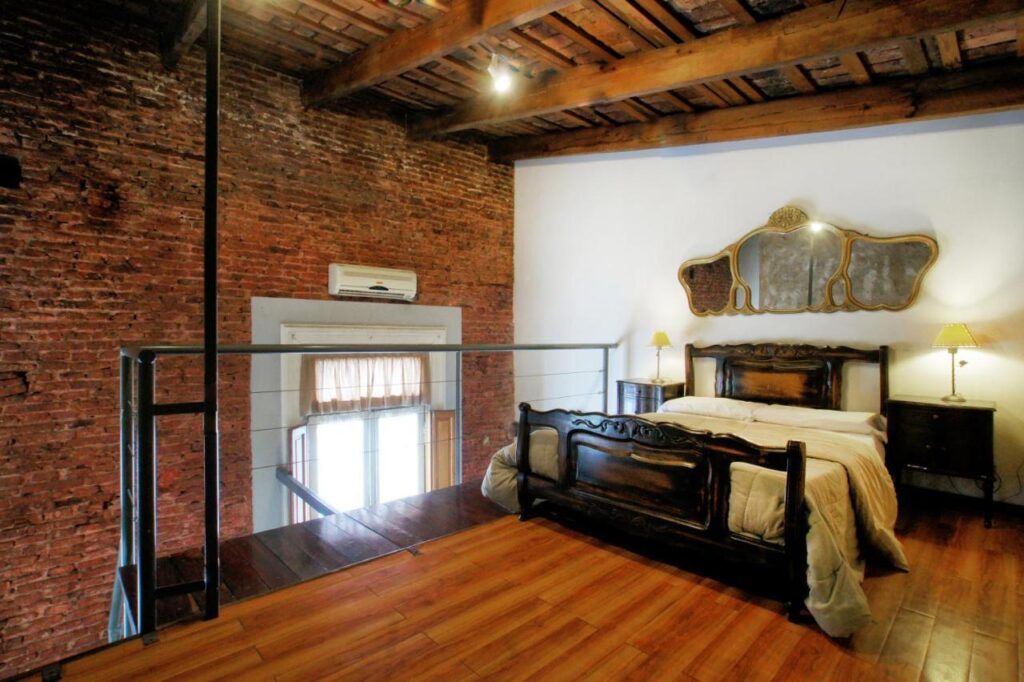

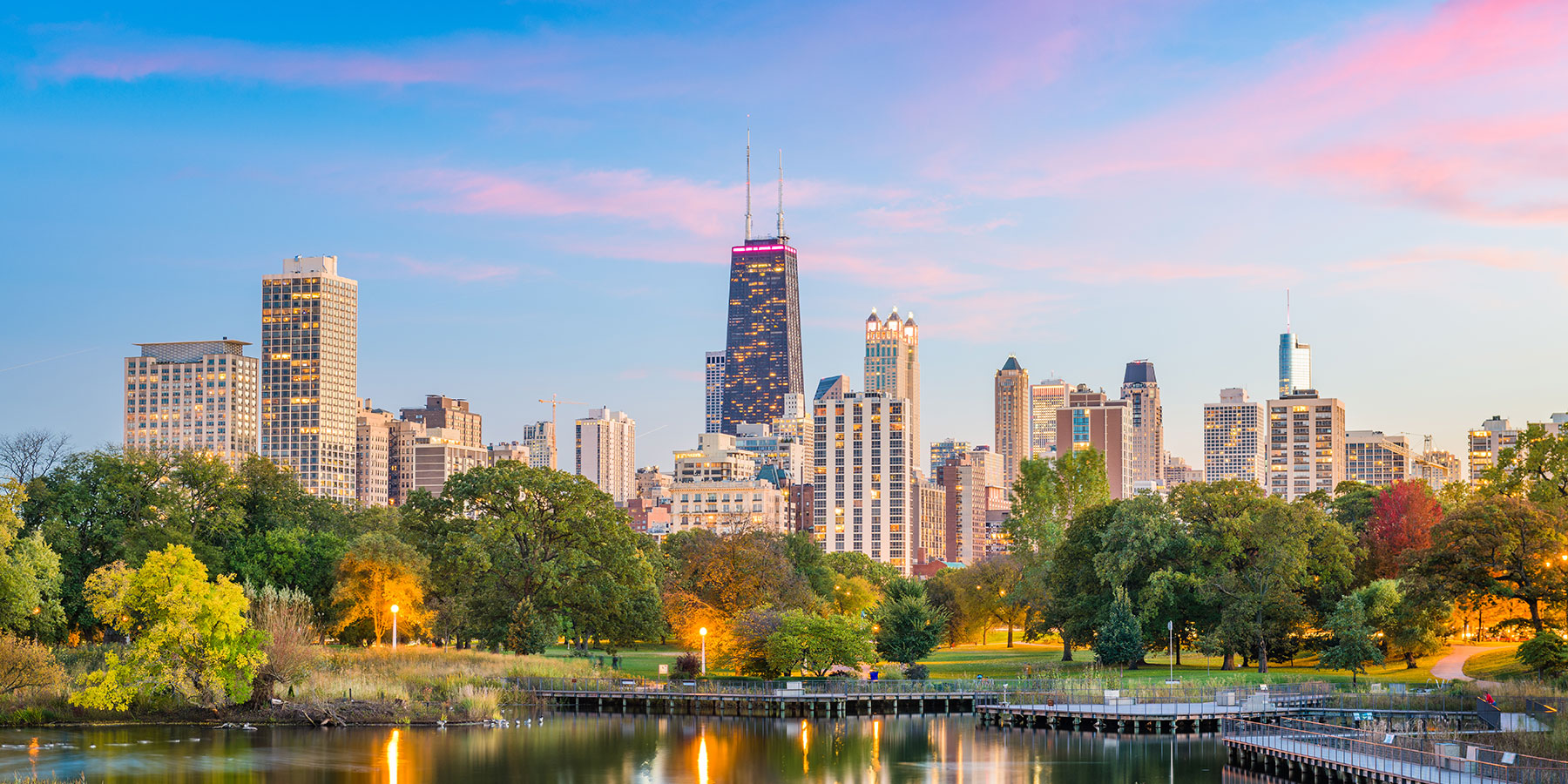
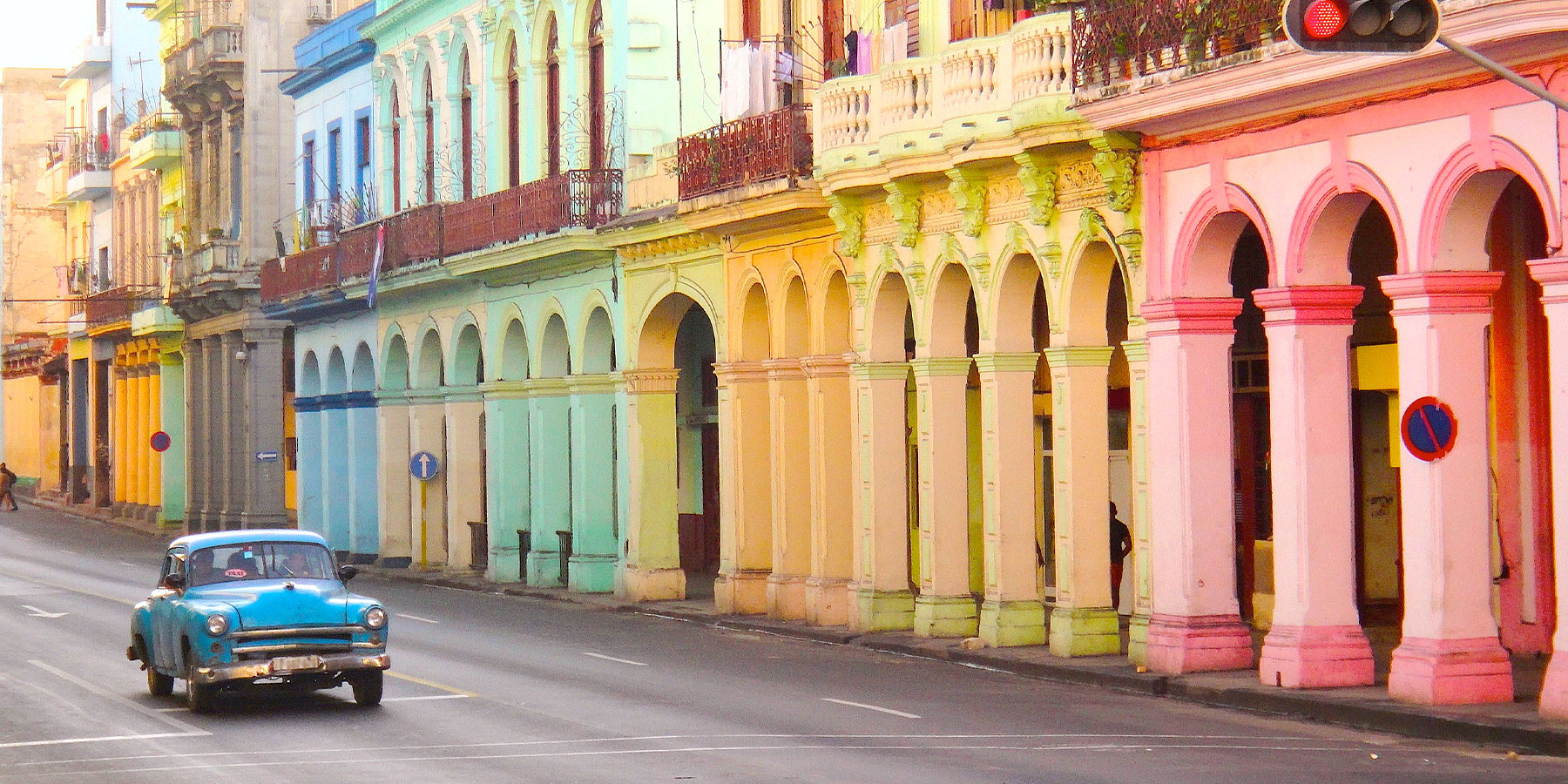
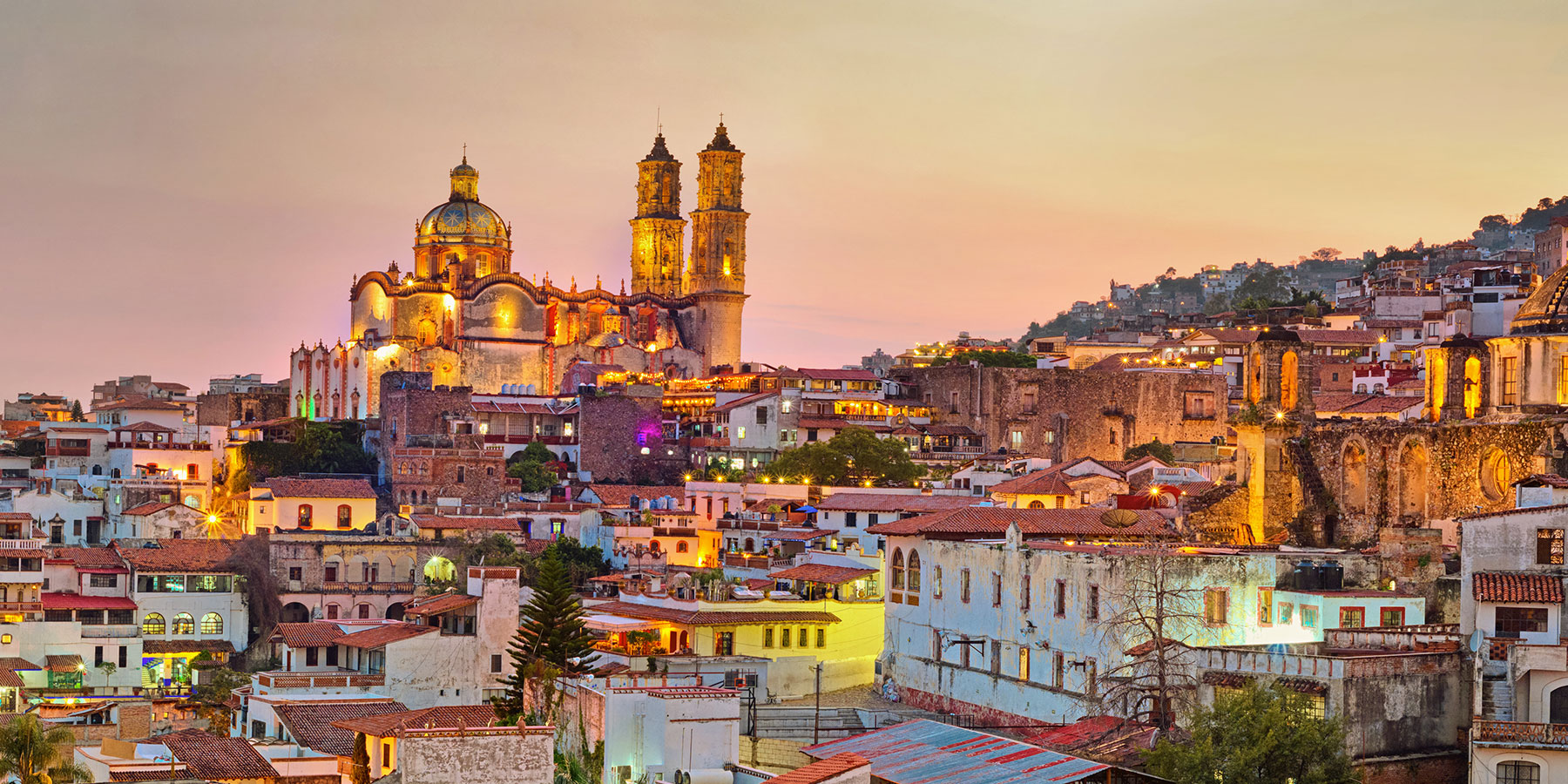


Comments